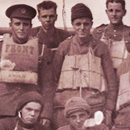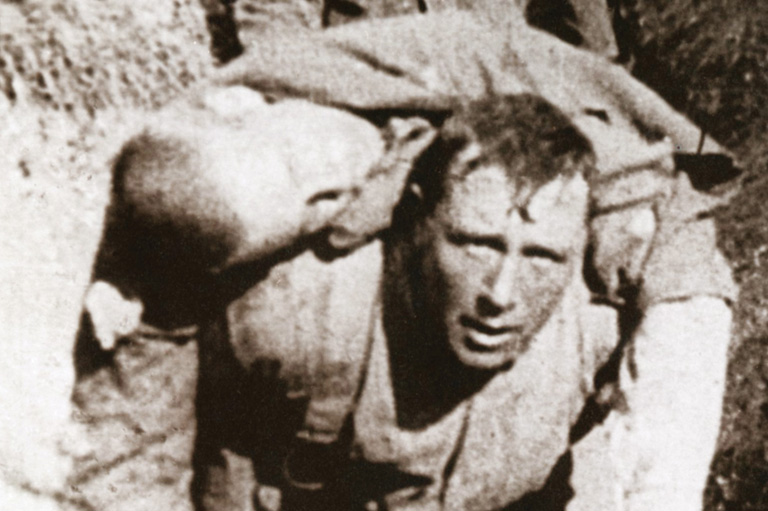The Great War — Battle of the Somme
Canadian troops had been lucky to avoid the bloodbath at the Somme that started on July 1st, 1916. The first day of the campaign saw more than 60,000 British casualties, including the near annihilation of the Royal Newfoundland Regiment at Beaumont Hamel, France.
It was the single worst day in the history of the British Army.
Despite the high casualties, the Battle of the Somme continued through the summer and into the fall of 1916. By September, the Canadians were called to take their turn in a series of new attacks.
On September 15th, the 2nd Canadian Infantry Division launched successful attacks toward the small French hamlet of Courcelette. The French Canadian 22nd (“Van Doos” Battalion) and the 25th Battalion (Nova Scotia Rifles) captured the objective and then held off 17 German counter-attacks through four days of extreme and bloody close-quarters fighting.
By September 26th the Canadians had launched a succession of new attacks against German trench systems running just beyond Courcelette. Despite repeated efforts, they gained possession of only the first of three main trenches.
The main objective — a system of defences known simply as Regina Trench — remained in German hands. Massive barbed-wire entanglements made the German trench nearly impossible to take, and when the Canadians did reach it they were thrown back by extensive German counter-attacks. The fighting left the first three Canadian divisions exhausted.
They were withdrawn and British troops, along with the newly recruited 4th Canadian Division, arrived to again renew the attack. Blistering artillery barrages eventually pounded Regina Trench into a smudge on the landscape before it was finally captured. With both sides exhausted and winter setting in, the Battle of the Somme came to an end.
The fighting at the Somme shifted the front lines only eight kilometres at a horrendous cost of more than 1 million casualties, including 24,000 dead and wounded Canadians. The human toll of the battle remains as controversial today as it was at the time.
After the battle, Canadian General Arthur Currie undertook a thorough review of the Somme campaign and the massive French battle at Verdun.
The innovations and tactics suggested in his report would lay the groundwork for the victories to come.
Advertisement
The Great War Video Series
With 7 uniquely curated newsletters to choose from, we have something for everyone.
Themes associated with this article
Advertisement

The war that changed Canada forever is reflected here in words and pictures.
You might also like...

Canada’s History Archive, featuring The Beaver, is now available for your browsing and searching pleasure!








